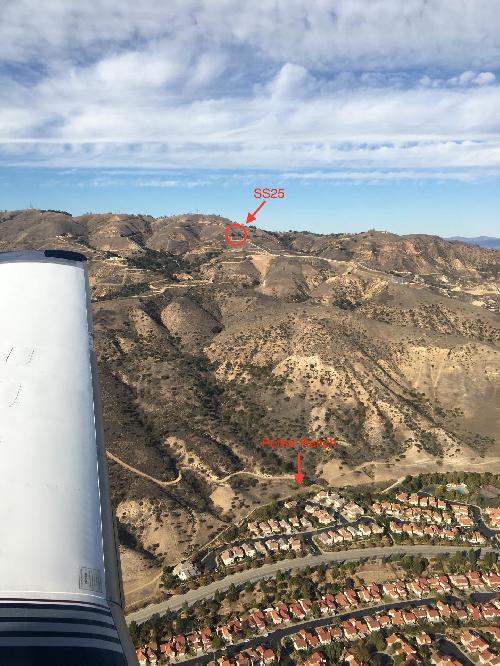A new study provides one of the first quantitative estimates of the methane leak rate from the blowout of a well in California in 2015, suggesting that methane emissions from this event temporarily doubled those from all other sources in the entire Los Angeles Basin combined. Globally, underground natural gas storage facilities hold reserves representing 10% of the world's annual gas consumption. On October 23, 2015, the blowout of a well connected to the Aliso Canyon underground storage facility outside Los Angeles - the fourth largest facility of its kind in the U.S. - resulted in a substantial release of natural gas, prompting major evacuations. Here, using airborne and surface measurements at and around the blowout site, Stephen Conley and colleagues quantified the gas release to the atmosphere from this event. Processed natural gas is composed primarily of methane, a powerful greenhouse gas, and ethane. As part of this work, Conley et al. analyzed methane and ethane data from 13 research aircraft flights between November 7, 2015, and February 13, 2016 - two days after the leak was temporarily halted. Their data suggest that atmospheric leak rates from the blowout were up to 60 metric tonnes of methane and 4.5 metric tonnes of ethane per hour at times. Release at this scale, the authors say, effectively doubled the methane emission rate from Los Angeles while the leak was ongoing. The study highlights the utility of rapid-response airborne chemical sampling in providing leak rate data and how single vulnerabilities in the natural gas infrastructure can impact local and federal climate policies.





Comments